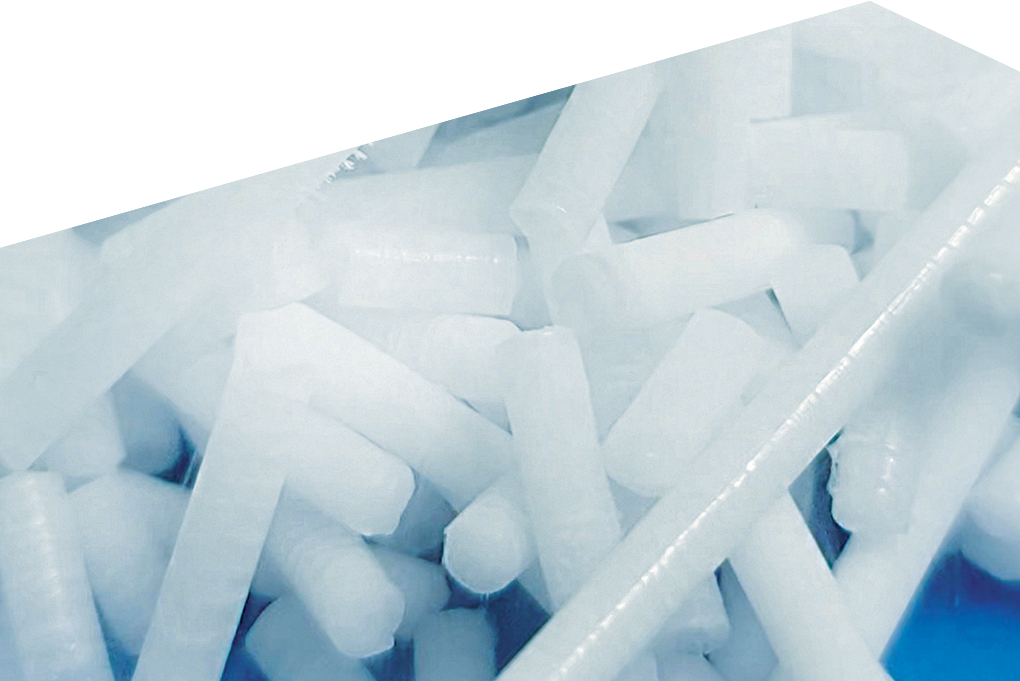Dry ice blasting, also known as CO2 blasting, involves using compressed air to accelerate small pellets of dry ice (solid carbon dioxide) at a high velocity.
When the dry ice pellets impact the surface of the monument, they undergo sublimation, changing directly from a solid to a gas, which creates micro-explosions that lift off contaminants.
The process is non-abrasive and environmentally friendly, as it leaves no secondary waste or residue.







